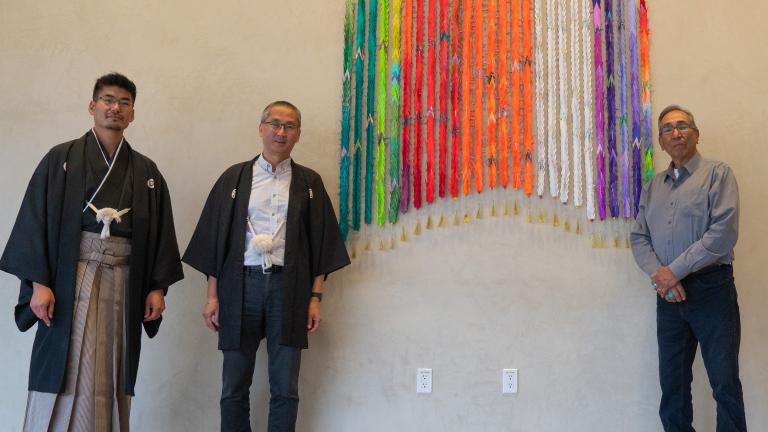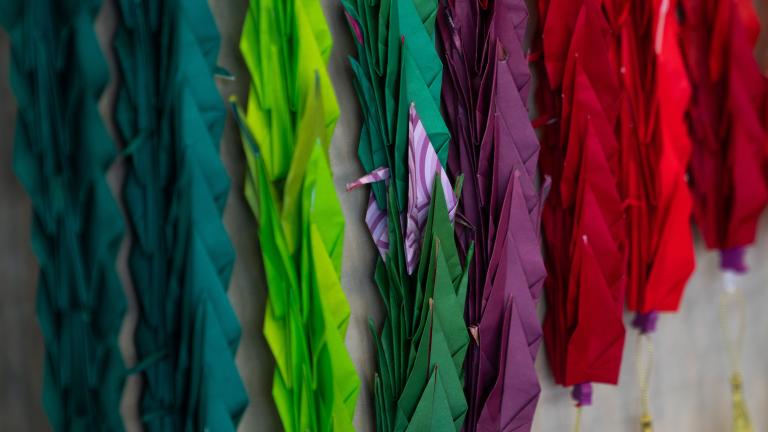The deliberate, forcible removal of Indigenous children from their families with the intent to destroy their culture and identity constitutes a genocide.
National Day for Truth and Reconciliation
Moving towards hope
September 30, 2021
This event has passed.
Tags:
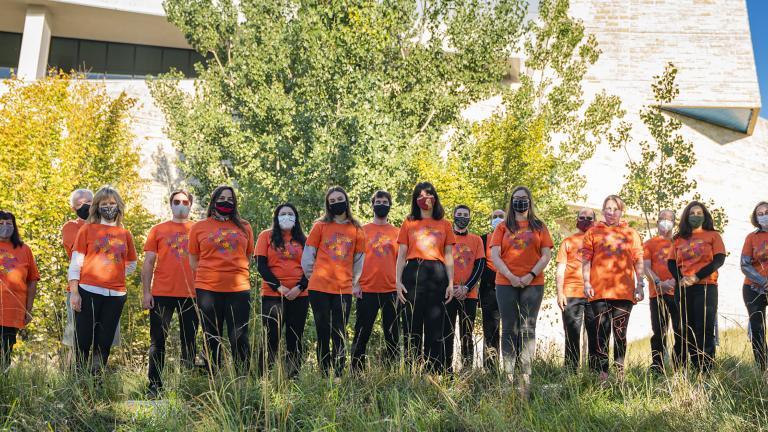
Photo: CMHR, Aaron Cohen
Event details
On this day, we reflect on the importance of learning and remembering truth about our past and contributing to a movement for justice and hope.
Recovering from genocide is a process that must involve an entire society. As a museum and a centre for human rights learning, we commit to playing a positive role in that process, together with survivors and communities.
A thousand cranes to honour the children
Now on display in the MTS Classrooms foyer of the Museum (no entry fee required to view)
This recent gift from the Japanese Cultural Association of Manitoba and the Manitoba Buddhist Temple was created to acknowledge the pain and suffering of children in Indian residential schools. As the unmarked graves of thousands of Indigenous children continue to be discovered, many Japanese Canadians felt moved to stand in solidarity with their Indigenous neighbours.
Creator Yuhito Adachi explains: This installation of a thousand folded paper cranes, or senbazuru, contains five colours that symbolize harmony of nature in Japanese tradition. In Samurai culture, these five colours were also flown as an appeal to nature to protect children. The arrow shape, derived from a children’s festival decoration, is also a symbolic tool for the Samurai and a protection from evil spirits.
Tower lit orange
The Museum is lighting its the Israel Asper Tower of Hope orange in honour of the Orange Shirt movement that recognizes the trauma of children forced to attend Indian residential schools.
The tower will be orange from dusk on September 29 to sunrise on October 1.
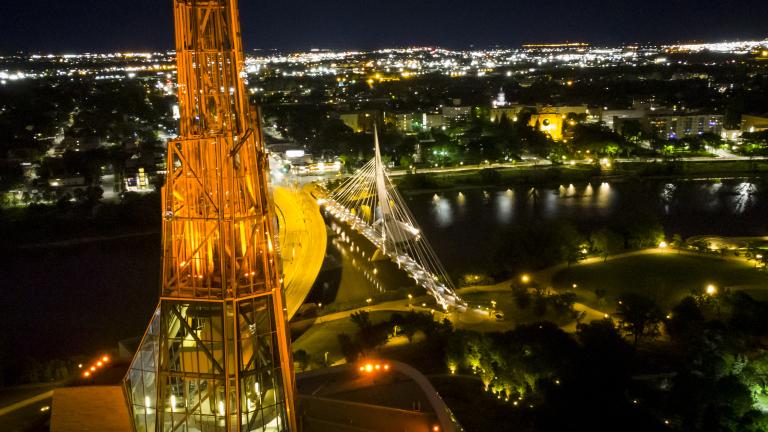
Every child matters
The Museum is honoured to support the National Centre for Truth and Reconciliation in its five‐day national event of online conversations open to all Canadian schools (Grades 5 to 12) from September 27 to October 1.
Important conversations include the truths of the Indigenous treaties; First Nations, Métis and Inuit land claims; and the residential school system. This online event provides historical workshops, exclusive video content, and activities for students — all supported by artistic and cultural performances by First Nations, Métis and Inuit artists.
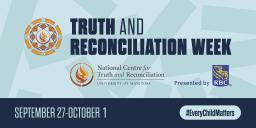
Witness Blanket: Preserving a Legacy
Now on display in the Level 1 Gallery
This stunning artwork by master carver Carey Newman was created to honour survivors of residential schools, their families and the children who did not return home. It encourages us to bear witness to the atrocities of residential schools.
The artwork is now on display at the Museum as it undergoes conservation to preserve it for generations to come. It is embedded with 800 objects collected from the sites and survivors of former residential school sites across Canada.
You can also watch a documentary film about the making of the Witness Blanket or learn more about the exhibition online.
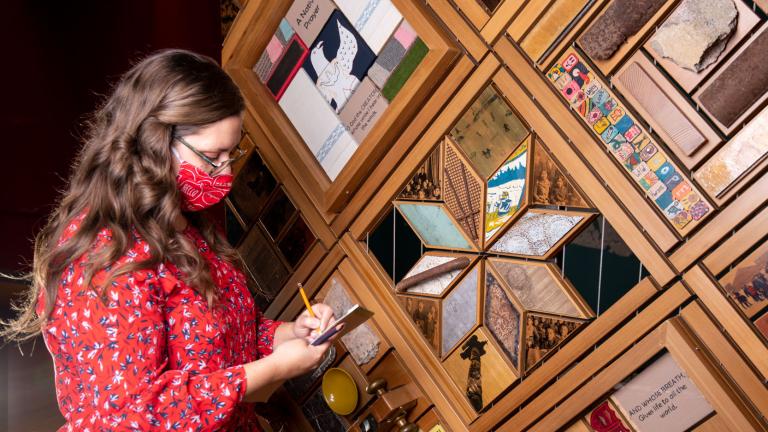
Sacred objects from survivors
Now on display in the Level 1 Gallery
Visitors to the Artivism exhibition at the Museum will be confronted with powerful artworks, images and sacred objects donated by Indian residential school survivors to the Truth and Reconciliation Commission of Canada during their cross‐country hearings. These expressions of perseverance, reconciliation and hope for the future are situated alongside art that has provoked action in the wake of genocide in five other countries.

